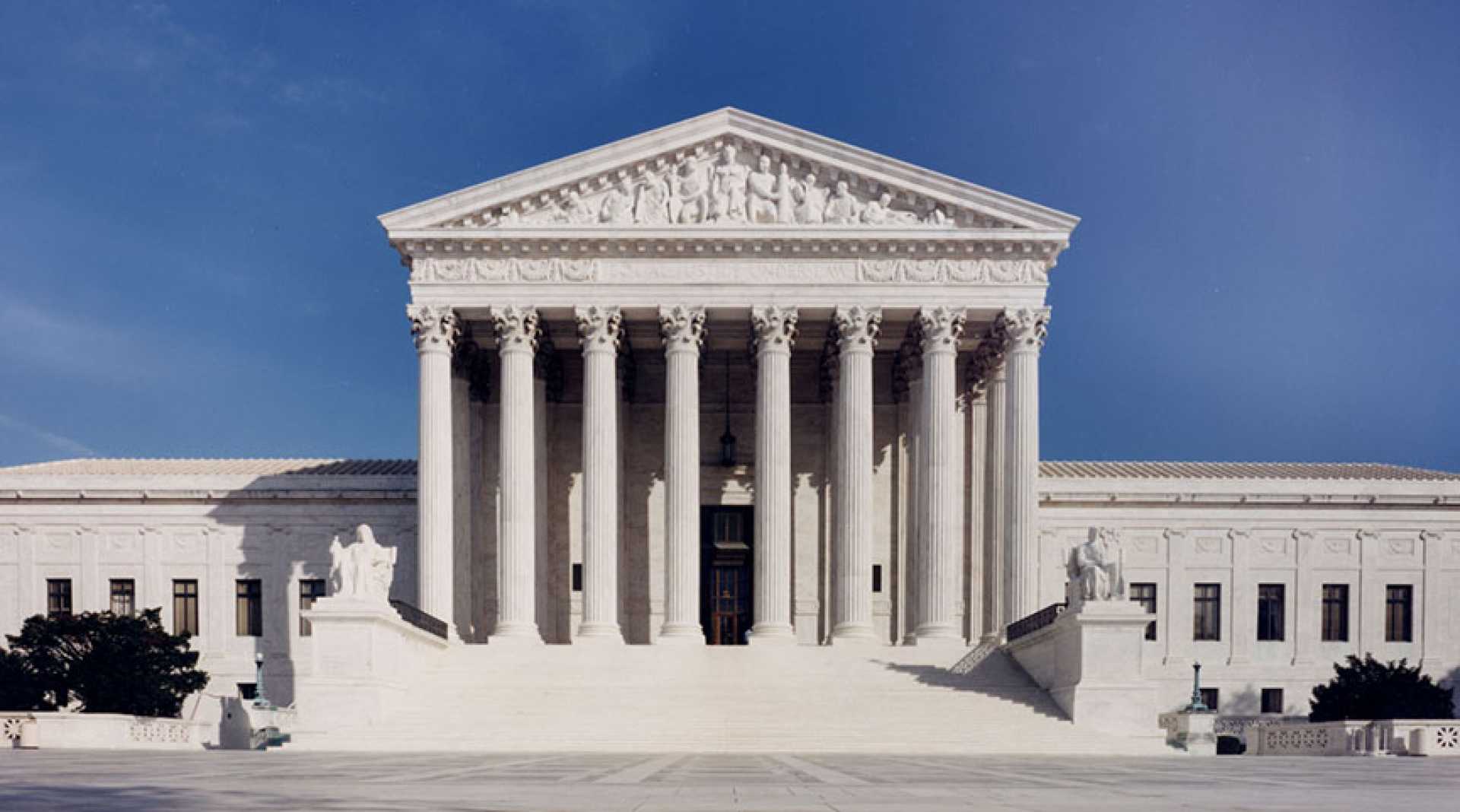Politics
Supreme Court Allows Trump Administration to Cut $783 Million NIH Grants

WASHINGTON — The U.S. Supreme Court ruled on Thursday that the Trump administration could cut nearly $800 million in research grants from the National Institutes of Health (NIH) that focus on diversity, equity, and inclusion (DEI) initiatives. This decision reflects a significant shift in federal funding priorities.
The ruling, which was split 5-4, allows the administration to halt the funding for now, while also leaving in place a lower court’s decision that invalidated specific guidance documents guiding these funding cuts. This balance could impact the future of the grant recipients’ challenges against this policy, should they pursue their claims in a different court.
Chief Justice John Roberts, along with three liberal justices, dissented from the majority decision, indicating a view that the cuts should not proceed without further scrutiny. Justice Amy Coney Barrett was pivotal in this ruling, voting with both conservatives and liberals on different aspects of the case.
The case arose from an executive order issued by President Trump in early 2025 that called for the cessation of grants that “promote gender ideology” or favor race-based initiatives, which the administration labeled as discriminatory. This order resulted in the termination of over 1,700 grants.
Sixteen states, along with various public health organizations and affected researchers, contested these cancellations. They argued the cuts violated both the Constitution and the Administrative Procedure Act (APA) by lacking proper reasoning and justification.
U.S. District Judge William Young noted the abrupt nature of the funding cuts, explaining that the NIH had neglected to engage in reasoned decision-making as required by law. He temporarily reinstated the funding pending the outcome of legal proceedings.
However, in its emergency docket order, the Supreme Court sided with the Trump administration, stating that the government would face irreparable harm if it had to disburse the funds without a guarantee of recouping them later.
Public health advocates expressed concern that these funding cuts could stifle essential research that affects public health and scientific advancements, asserting that halting such funding may have dire consequences for ongoing projects.
The court’s decision also raises questions about the authority and jurisdiction of lower courts in similar cases, particularly as it pertains to emergency appeals brought forth during Trump’s presidency.
The implications of this ruling extend beyond this specific instance, potentially shaping the funding landscape for other federal agencies and their research initiatives moving forward.












